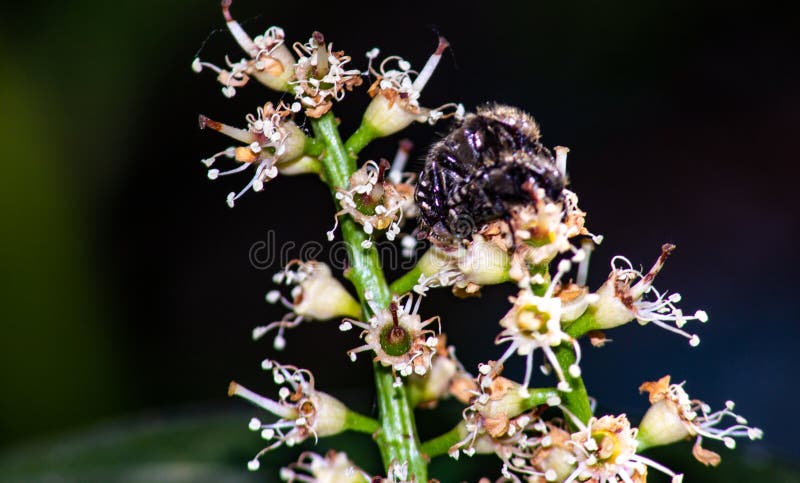
Rajesh (2010) also reported a significant positiveĬorrelation of flower number per plant with primary branch number and Of flowers had significant positive correlation with the number of branches Might be due to differences on the number of branches per plant. The variation on the number of flowers per The sum of all the genetic, physiological and morphological traits of a T heįlowering pattern and flowering performance of a plant are considered to be Whereas air layering had the smallest number of flowers (703). Propagated through splitting showed the highest number of flowers (2029) , Number of flowers, flowering periodĬoncerning the number of flowers per plant, there was highly significantĭifference among the means of the treatments (p< 0.01 ). Revealed that the more vegetative growth of a plant develops to more flowersĪnd seeds.Number of branches per plant had positive correlation with canopyĬover (r= + 0.39, P< 0.05 ). Vegtatively and develop more number of branches. This might help them to stay the plants longer Moreover during dividing the branches from their mother plants each seedling Of propagation rejuvenate or make younger the new splinted branches. The highest number of branches for splitting might be due to splitting way

While air layering had the smallest number of branches (4.9) and canopy Regarding the number of branches there was significant difference (P< 0.001)īetween the means of the treatments. These branches orient horizontally than growing up ward. Stems of the plant developedįrom a single original stem that branched repeatedly at the soil level. This might be due to growth habit of the plant. Was significant difference among the means of techniques on canopy cover,įlowering period, height, number of flowers and branches, and seed yield The main branch of the mother plant, air layering and ground layering. These were directĬutting, cuttings using pot, transplanting seedlings, splitting or dividing Propagation techniques of the plant were identified.

Using Genstat 13 th version statistical software. Were calculated to identify significant difference among the treatments Using one way ANOVA analysis of variance. The study was conducted in Mekelle Agricultural Research Center, Thus the study wasĭesigned to identify and evaluate different Propagation techniques were not identified. Moreover, for rapid propagation of the plant its Is currently threatened due to population pressure and farmland expansion. The most important honeybee floras of Northern Ethiopia. Box 231, Mekelle, Tigray, Ethiopia Abstract Box 492, Mekelle, Tigray, Mekelle Universities, Faculty of dry land agriculture and natural resource, Identification and evaluation propagation techniques of Hypoestes forskaolii (Grbia) as bee fodder for smallholder farmers Haftom Gebremedhn and Yaynishet Tesfay Department of Apiculture and sericulture, Mekelle Agricultural Research Center, Tigray Agricultural Research Institute,


 0 kommentar(er)
0 kommentar(er)
